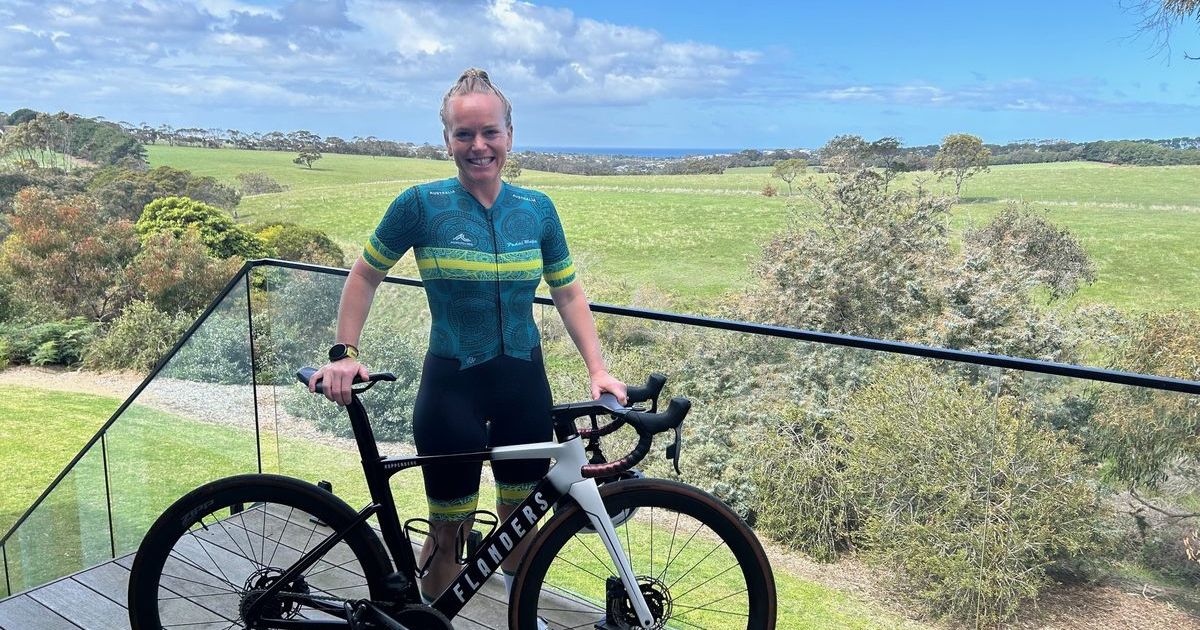Flush out your local public toilet in the Great Dunny Hunt

A screenshot from the National Public Toilet Map, which the Great Dunny Hunt aims to improve. Image: SUPPLIED
Continence Health Australia is again on the hunt for Australia’s missing public toilets.
The Great Dunny Hunt, which began on Monday last week, aims to add every available toilet to the National Public Toilet Map.
This year’s hunt runs until May 11, which coincides with the start of World Continence Week.
Despite the map already listing more than 24,200 toilets, Continence Health Australia believes many secret toilets remain unaccounted for, tucked away in small towns, parks, libraries, service stations, and new community spaces.
With thousands of Australians relying on easy toilet access, the public is encouraged to share local knowledge and help fill in the gaps.
A recent audit by the Queensland Department of Transport and Main Roads uncovered more than 100 public toilets that were missing from the map, proving there are plenty more to be found and uploaded.
“We believe there are thousands of public toilets across the country that remain unaccounted for on the National Public Toilet Map,” Continence Health Australia chief executive officer Jim Cooper said.
“There are commercial businesses like transport companies, service station and convenience chains, and shopping centres that have public toilets, and many may be missing from our map. We are asking businesses as well as individuals to share their knowledge and help us update the map.
“These toilets are essential for many Australians, particularly those managing continence issues.”
The National Public Toilet Map is a crucial resource for those living with incontinence.
A recent consumer survey found 49 per cent of respondents do not feel comfortable embarking on long trips without knowing where the first toilet stop will be.
While knowing the proximity and accessibility of public toilets may not seem significant, for those Australians surveyed:
- 42 per cent said incontinence has caused a reluctance to leave home
- 25 per cent are reluctant to go about daily activities, and
- 22 per cent say incontinence has affected their relationships with family or friends.
Whether it is a beachside toilet, a tucked-away park restroom, or an outback long drop, every discovery makes life easier for travellers, families, and those managing continence issues.
Annually, more than 3.2 million searches for public toilets are carried out on the National Public Toilet Map.
Submissions to the National Public Toilet Map can include information on:
- Male, female, all gender
- Adult change facilities (including shower, BYO sling)
- Baby change
- Dump point (including wash out water, afterhours access)
- Ambulant facilities
- Drinking water
- Sharps disposal
- Showers
- Sanitary, incontinence product disposal
- Right and/or left transfer, and
- Master Locksmiths Access Key (MLAK).
Submitters will go into the draw to win one of three $500 Eftpos vouchers.
For more information, head to continence.org.au/great-dunny-hunt and toiletmap.gov.au

















